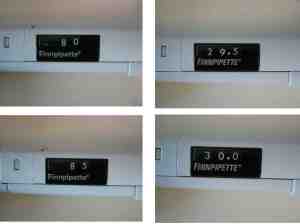Dear All,
In this changing world we all feel the pressure to find novel ways to increase our efficiency and impact. Recently I just came in contact with Howard Wolinsky a freelancer scientific and medical journalist. The way how Howard changed the pace of his work seems to reflect the "flat world" paradigm. We will discuss about journalism, being a freelancer, scientific journalism, and the impact of web based networking via Facebook, LinkedIn, Twitter and so on.
So let us have a short interview with Howard Wolinsky:
----------------------------------------------------------------------------------------
LTB: After working so many years as an employee, you decided to become a freelancer. What was your strongest motivation to make this step?
HW: I started out as a newspaper reporter in a small town, Kankakee, Ill., USA, 1970, covering mental health (there were two large mental institutions in town) and local government.
But I had my eyes on bigger things. I wanted to be a health/medical reporter for a major daily.
My colleagues often described me as "entrepreneurial." That meant, I freelanced and they didn't for the most part.
I started to freelance articles to the Associated Press and United Press International. I did a story for the Chicago Daily News--an historic newspaper where Carl Sandburg, the poet, and Ben Hecht, the playwright, who authored "Front Page," had worked--on a mental health topic. I was offered another assignment.
But the Kankakee Journal nearly fired me for writing for a "competitor."
But I kept freelancing throughout the years. Some years, as I moved on to other papers, including St. Petersburg (Fla.) Times, Florida Today (then in Cocoa, Fla.) and Chicago Sun-Times—my freelance wages matched or exceeded my base pay.
I considered leaving to be a full-time freelancer a couple times. But one of the problems in the US is health insurance. One time, on the verge of freelancing full-time, I contracted pneumonia and was out for a couple weeks. My pay at the Sun-Times continued. But had I only had freelance, I would have had financial worries. No work, no pay as a freelance.
In the intervening years, my wife returned to work and could offer us insurance coverage.
As the economics of the newspaper business deteriorated in general and at the Chicago Sun-Times in particular, I had an opportunity to take a buy-out after nearly 27 years on the job as a health and tech reporter. As I described in an article in GaperBlock.com, I had a flash of insight on how I could take a year's pay as "seed money" to start my own freelance business.
I left on a Friday in January 2008. The next Monday I had my first assignment.
But in fact, I unconsciously been preparing for this move since 1970.
A friend once advised me that I shouldn't just have one job but multiple ones. That's what I did last year. In addition to freelance writing, I diversified. I went in new directions. I networked.
I became the US blogger for Skype. I taught at Medill Graduate School of Journalism at Northwestern University. I wrote for university/medical school magazines, such as Cleveland Clinic, Northwestern Memorial Hospital, Roswell Park Cancer Center, Howard Hughes Medical Institution, University of Illinois at Chicago. I wrote for BusinessWeek, more general, non-science stories. (Check out my story in BW on David Axelrod, President Obama's advisor.) I was invited to contribute to Huffington Post, which doesn't pay (yet) but gave me a chance to stretch and write in new areas. I wrote for my former competitor, Chicago Tribune. I wrote some articles for Venture Capital Journal. I did some consulting. I started doing more for my friends at EMBO Reports. I did a number of stories for WebVet.com. On and on.
And as busy as I was, I spent two months traveling. My wife and I celebrated her birthday and the Inca New Year at a yoga retreat in Peru (we were remarried by a shaman at Machu Picchu). The BBC paid my way to UK to appear on the Coast program. We went to Paris on the train for a day. Took a couple trips to Northern California and one to Florida.
LTB: You are doing plenty of different type of activities: you write books, you are a blogger for Skype, US correspondent for EMBO Reports, you are teaching and this is only the tip of the iceberg. How do you manage to keep your focus? What is your secret of productivity?
HW: Some days, I do feel that I have taken on too much. I am a fast writer, which helps. I also have turned away work if I didn't find it interesting, but I always tried to steer the work to a friend. It's important to network. (One of the things I did everyday after I left my full-time job was spend an hour a day building my network at LinkedIn, Facebook and now Twitter. Jobs have come my way because people have found me in LinkedIn and Facebook--even though I can be readily found through a Google search.)
LTB: You are located in Chicago but a substantial part of your activity is targeting a much wider audience. Do you see a trend in this? Is the world really becoming flat? From practical point of view do you think people need a strong local connection network and mix this with a web based business or you see that targeting people trough the web could be enough in itself?
HW: I always told my kids to think globally because that's where the work will be. I also told them to become fluent in another language. (I am working at that now. I am taking Spanish via Skype with a tutor in Guatemala.)
The Web offers the tools to reach out and be a world citizen/worker. I ran across my phone bill from a few years ago, I cut US $2k off by using Skype. Before I became a blogger for Skype, I wrote an article for the ScienceWriters network urging my colleagues to use VOIP to expand their network of sources and also clients. Everyday now, some 350,000 people sign up for Skype. Over 400 million already have. It's amazing--and I'm not just saying that because I am a blogger for Skype.
Seemingly silly social media, such as Twitter, are and will become increasingly important. Some people I run into seem to feel they already take up too much time doing e-mail. They reject doing Facebook and Twitter. I even talk to young people who feel that way. Some see it as an invasion of privacy. They feel teched out. Get over it. I say give it a try. Facebook and Twitter can be about more than what you had for breakfast.
LTB: As a freelancer, can you plan your work for longer time periods (I mean more than 3 to 6 months)?
HW: I do the best I can to structure my time so I can count on a revenue stream. So far, I can rely on Skype and Medill as a base. Everything else is gravy. It's hard to know what's coming. I am helping develop a new magazine now, but this won't last. I have a line on a potentially lucrative consulting job in the fall, but I can't count on it. Clients come and go.
LTB: What was the most important for you to have a successful transition from employee to freelancer?
HW: In the US, make sure you have health insurance. I had the advantage of working in the field for decades. It would be different if I were totally starting out. Networking is vital. Some writers I know are great networking to cover a beat, but may don't have a clue on networking in the writing business world. They're going to have to learn.
When I decided I was leaving my job, I wrote down every e-mail address I had and sent out notes announcing my departure. The networking helped. Contacts came up with leads that turned into jobs.
I had belong to the National Association of Science Writers for 25 years. Never went to a meeting. Until last year. I walked away from my first meeting with a lead on the teaching position at Medill. I have joined several other groups and have attended meetings. You never know when one thing leads to another.
Help others find work. They may return the favor.
Use LinkedIn, Facebook and Twitter.
LTB: With your experience now, at what stage of a career would you recommend younger people to start their preparation to become a freelancer?
HW: Maybe we'll all be freelancers in the future. The 27-year job like I held seems to be disappearing with the daily dead tree newspaper.
On my first job in 1970, we used manual typewriters. Soon, we switched to IBM electrics. We typed a code on the stories and old-fashioned pressmen--the guys in the paper hats--fed the stories into scanners. We became the first computer generation.
But I'll never forget one of the columnists, Gil, couldn't adjust to the electric typewriter. He became frustrated. He gave up. He was like the film stars of the silent era who couldn't make the transition to the talkies. Gil retired in his '50s.
Gil is an object lesson for us all. Unless you just want to go fishing full-time--maybe for good for you, but not me: Be open to change. Embrace new technology. Be excited about what you're doing. Keep learning.
LTB: But where is journalism going these days? I see that classical media is shaking and journals are changing habits. So journalism is changing too. But my specific question here is, how will scientific publishing change? We see the waves of Open Access Journals Movement (PLOS and the others) but these are still good classical peer reviewed journals. Do you see any novel type of media that could replace journals? What is your opinion about JOVE (Jounal of Visualized Experiments). Could this be a new type of publishing? Could someone build a scientific blog and stop counting the Impact Factors but start to count visits and links? Could this kind of change happen?
Too many questions again.
Maybe let's summarize it in one single question:
Where is scientific journalism going?
HW: Good question. But I am no visionary on scientific publications, let alone lay publications.
Maybe 10 years ago, I saw a collision coming. I saw how all lay media were becoming one. I heard audio clips on the Wall Street Journal site, and saw text stories on TV websites and now video clips on print news sites.
I even have become a bit of a video reporter. I always try to do video interviews via webcam for my stories on the Skype blog. People have different ways of accessing/inputting information. The more choices you can give them, the better your odds of reaching them.
I also took a visual story telling class to learn what I could about doing video for the Web.
That said, I am not familiar with the video project you mentioned. I'll have to take a look.
All media seem to be going through a revolution, seeking new models and new ways to find and pay their way.
The students in my science/health writing class at Medill/Northwestern—the next generation of media— are required to do text stories. But also to do video and interactive graphics. They need to be flexible and masters or at least knowledgeable about all media.
I hope text--at least web-based articles, if not dead trees--will survive. Video story telling can be compelling. But I'd be skeptical that really complex stories can be told that way. Maybe I sound like a sentimental traditionalist, but I hope the word survives in print or on the web, for lay as well as scientific publications.
Thank you very much for your time and effort to share your ideas with us!
-----------------------
You can have a deeper insight in Howard's work on the following sites:
here,
here,
here and
here
 [/caption]
[/caption] [/caption]
[/caption]

 The most important info we are looking for is in the table on the top of the page:
The most important info we are looking for is in the table on the top of the page:
 If you follow the steps the results will be like this:
If you follow the steps the results will be like this: Below this data you can see two links as it follows:
Below this data you can see two links as it follows: To design an assay that would measure all transcripts select: "common assays".
To design an assay that would measure all transcripts select: "common assays".
 [/caption]
[/caption] If you have a hit, click on the link provided and the results will be represented in the genome as seen here:
If you have a hit, click on the link provided and the results will be represented in the genome as seen here:


 [/caption]
[/caption]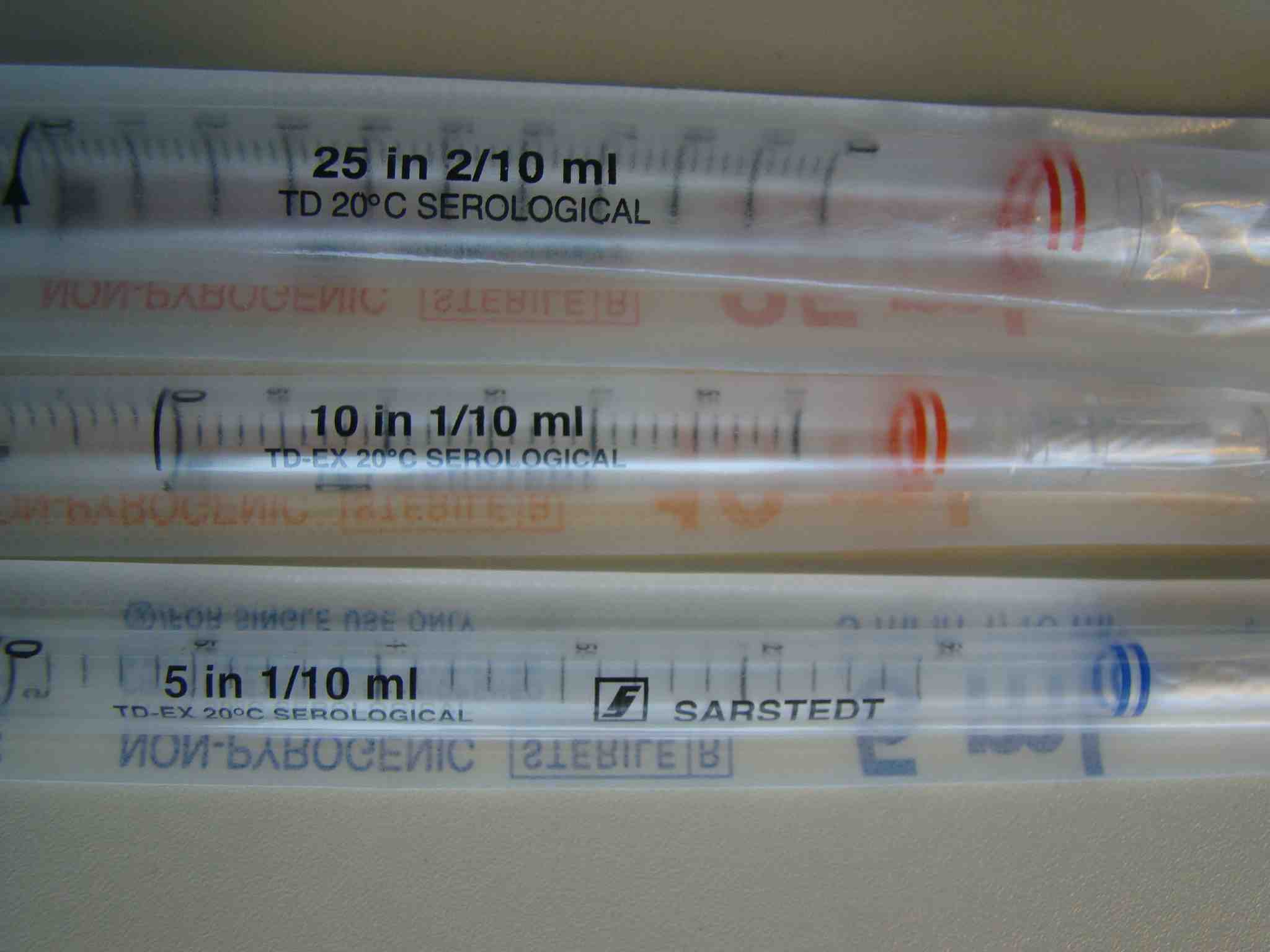 [/caption]
[/caption]
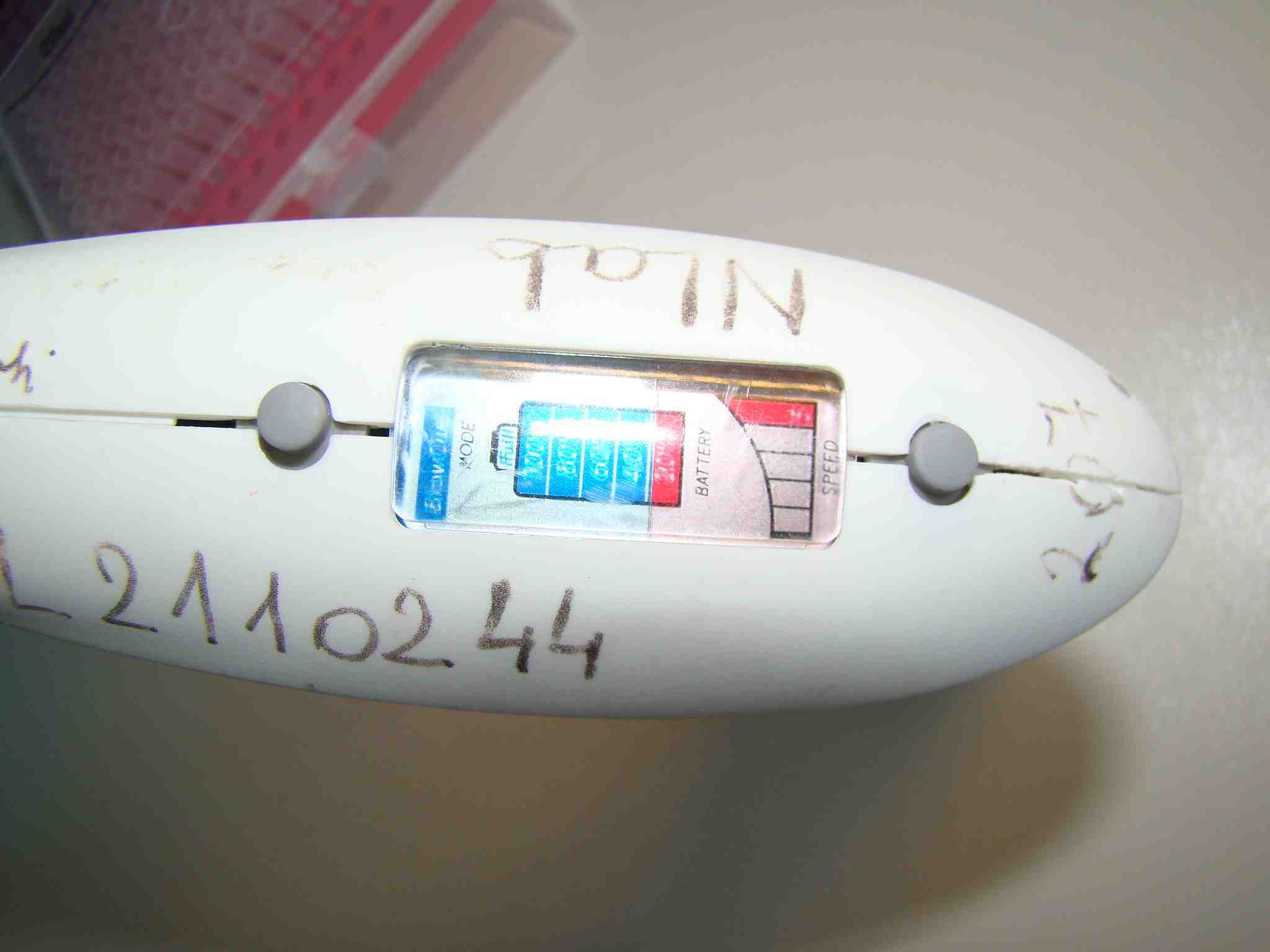 [/caption]
[/caption] [/caption]
[/caption]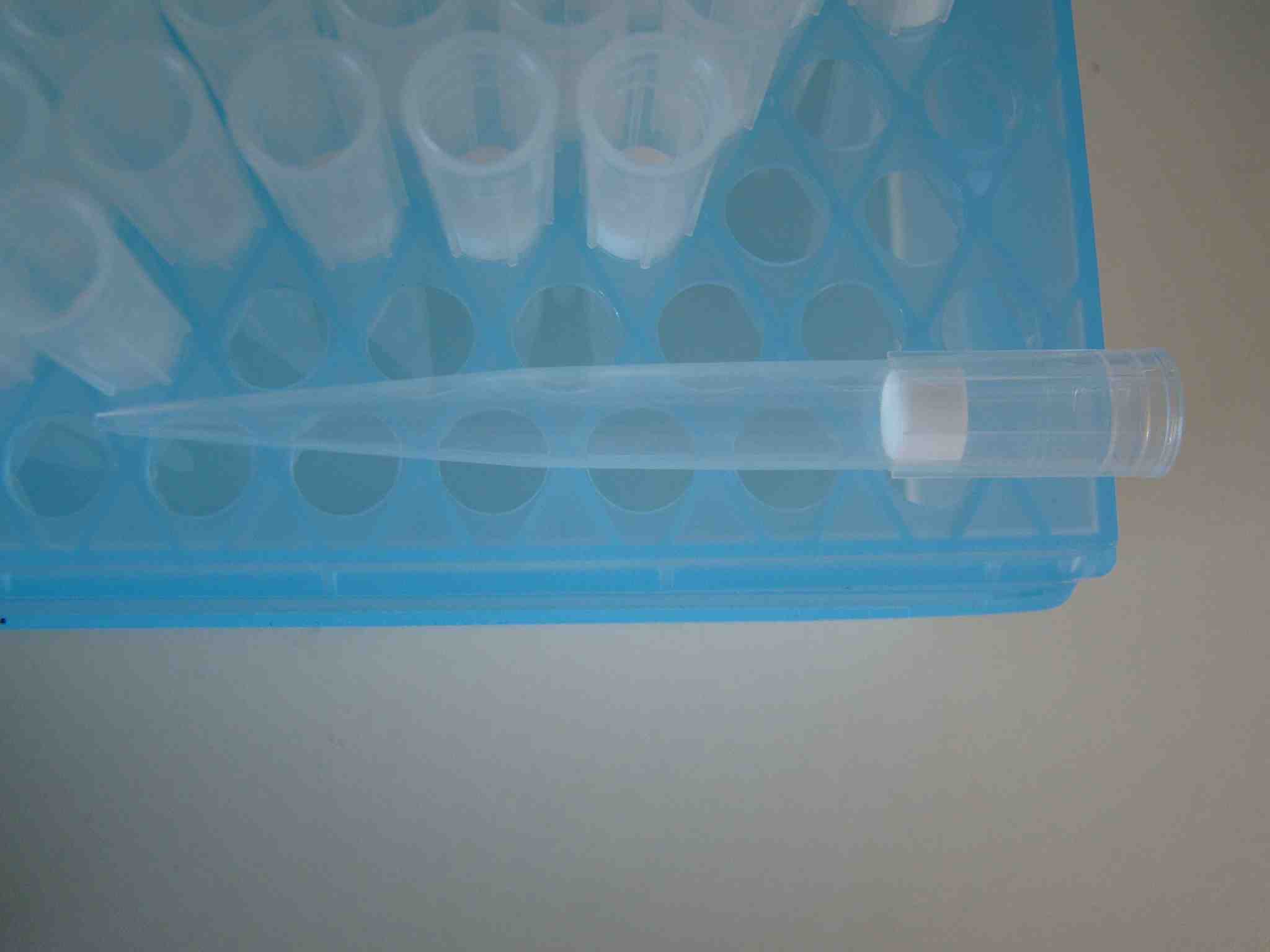 [/caption]
[/caption]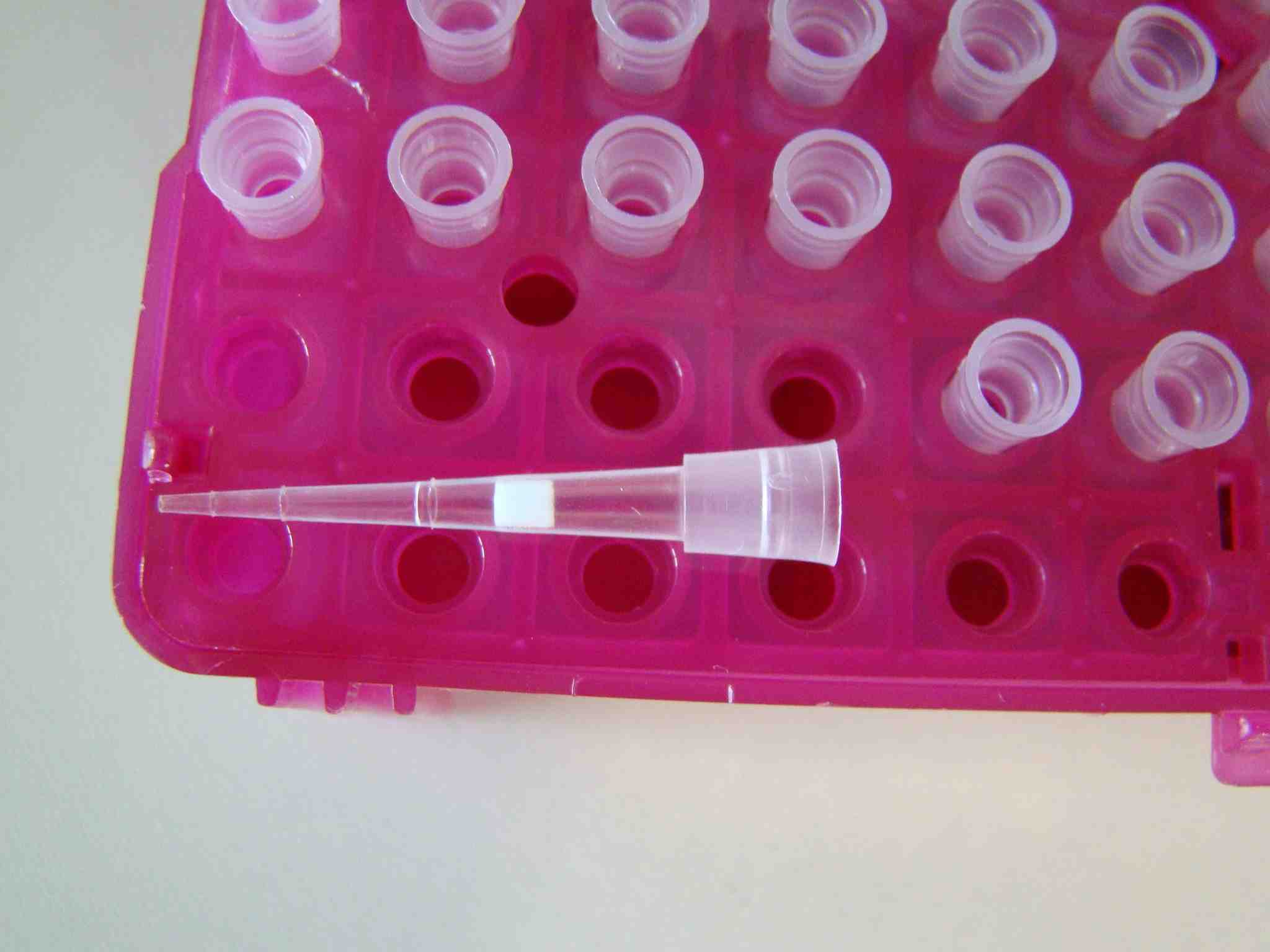 [/caption]
[/caption]









